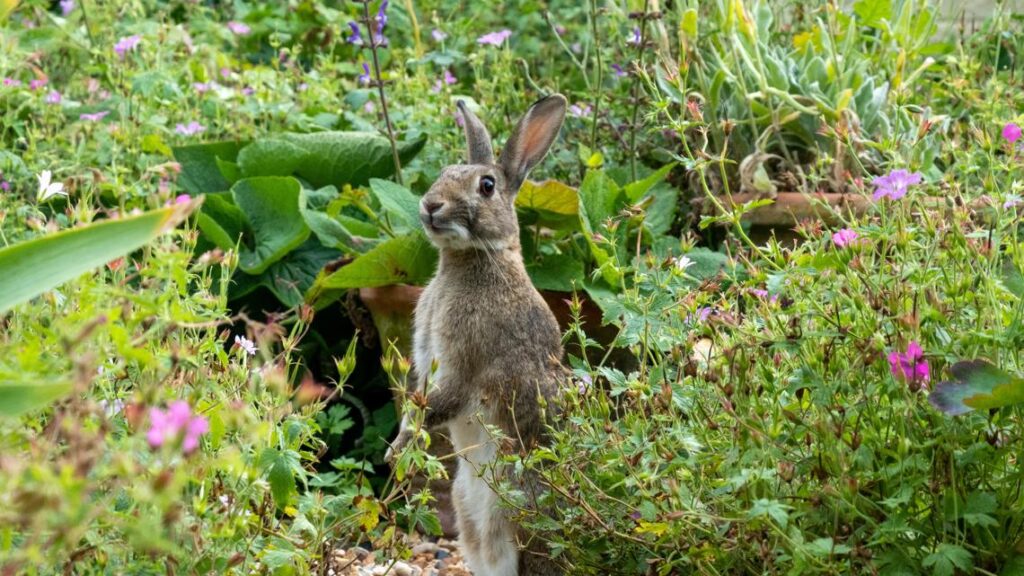A few simple steps can help keep your plants safe and your garden thriving come spring.
MINNEAPOLIS — When snow blankets the garden and food is scarce, rabbits turn to the nearest buffet: your trees, shrubs, and perennials. In the Upper Midwest, winter damage from rabbits can be severe — especially during long, snowy seasons.
The good news? A few simple steps can help keep your plants safe and your garden thriving come spring.
What Do Rabbits Target in Winter?
Rabbits will nibble on almost anything when they’re hungry, but they especially love:
Young trees (apple, crabapple, maple, etc.)Shrubs like dogwood, spirea, viburnum, and burning bushEvergreens such as arborvitae and juniper
They often chew bark near the base of trees and shrubs, which can girdle and kill plants if not caught in time.
Ways to Protect Plants from Rabbits
1. Use Tree Guards or Hardware Cloth
Wrap trunks of young trees with plastic tree guards or ¼-inch hardware cloth (wire mesh).Wrap from the ground up to 18–24 inches, or higher if snow is deep.Ensure the guard doesn’t fit too tightly — allow room for air circulation.
Use chicken wire or hardware cloth to form cages around shrubs.Keep the barrier a few inches away from branches and at least 2 feet tall.Secure the bottom edge into the ground or snow to prevent rabbits from crawling under.
Commercial rabbit repellents (like Liquid Fence or Plantskydd) can help, especially in fall before snow.Reapply as directed — usually every few weeks or after snow/rain.Be sure to spray around the base of plants and on lower stems.
Clear brush piles, tall grass, or dense ground cover near your garden.These provide hiding places for rabbits — keeping your yard tidy can make it less appealing.
5. Use Physical Barriers for Perennials
Cover vulnerable perennials with burlap, fencing, or plant cages.Some gardeners place rose cones over small shrubs or prized plants.
Install protection before heavy snow: Rabbits can stand on deep snow to reach higher branches.Mulch carefully: While mulch helps roots, piling it against trunks can attract pests — keep it pulled a few inches back from the base.
When the snow melts, inspect plants for damage. If bark is chewed all the way around a tree, it may not survive. Catching the damage early gives you a better chance to prune or support recovery.
Rabbits are a natural part of the landscape, but that doesn’t mean they get free rein in your garden. A little prevention now can save you time, money, and heartbreak next spring. With the right barriers and a bit of vigilance, your plants will stay protected all winter long.


Comments are closed.